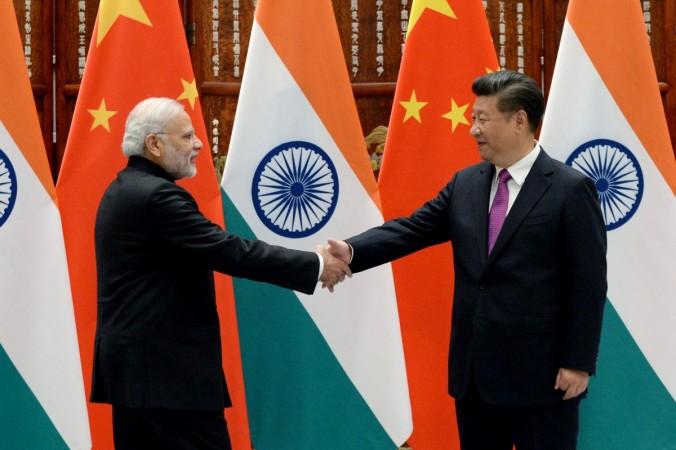
There is a broad consensus among analysts that the Indian economy is bound to experience a slowdown as a result of the demonetisation effect, but the rate of growth would still remain higher than that of China.
"We still expect India's GDP growth to trend higher than China's in the medium term," Thomas Rookmaaker, director in Fitch's Asia-Pacific Sovereigns Group, said in a note on Friday.
India is projected to grow at about 7.6 percent in financial year 2016-17, according to estimates by various agencies and institutions, including the Indian government.
China grew at 6.7 percent in the first three quarters this calendar year, while the Indian economy expanded at 7.1 percent in the June 2016 quarter, lower than the 7.9 percent rate in the preceding three-month period and 7.5 percent in the corresponding period last fiscal. It was also the slowest pace of growth in five quarters. The data for the three-month period is yet to be released.
Fitch Ratings said that the growth momentum in China will be impacted by domestic factors, unlike India.
"In India we expect GDP growth to accelerate in FY2018 on the back of reform implementation, monetary easing of the past year and infrastructure spending, while in China a continued increase in leverage in the broader economy is more and more becoming a burden for growth.
"In China we forecast real GDP growth of 6.4% in 2017, down from a projected 6.7% in 2016, due to the impact of recent macro-prudential tightening measures targeting the housing market," Rookmaaker said.
The third quarter (ending December 2016) will bear the maximum brunt due to Prime Minister Narendra Modi's decision to demonetise high-denomination currencies, according to him.
"The impact on GDP growth is clearly going to be negative in the short run and depends to a large extent on how long the cash crunch is going to take. A significant decline in the growth number for this quarter is highly likely, but for the fiscal year as a whole the decline may still be relatively moderate," the analyst said.









